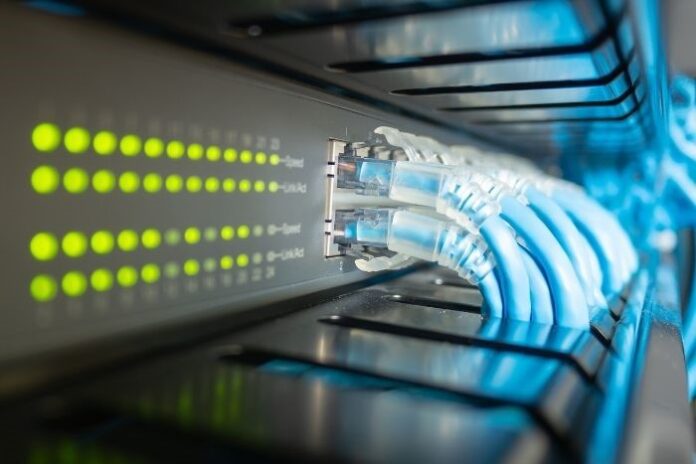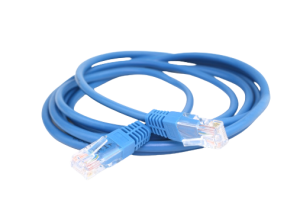Important Factors to Consider When Installing Ethernet Cables

An Ethernet cable is a type of network cable that is used to connect devices together in a Local Area Network (LAN). Ethernet cables are typically made of copper and are either shielded or unshielded. They come in a variety of different colors, lengths, and speeds.
When installing an Ethernet cable, there are a few things to keep in mind. The most important thing is to make sure that the connectors are properly aligned. If the connectors are not properly aligned, the cable will not be able to transmit data correctly. Another thing to keep in mind is the length of the cable. If the cable is too short, it will not be able to reach the desired device. If the cable is too long, it may cause signal interference and degrade the performance of the network.
Plan the cable runs before starting to install the cables
When installing Ethernet Cables, planning is key. You’ll want to map out the cable runs before you start so you can ensure efficient and organized installation. In addition to planning the route of your cables, you’ll also want to plan your connections. Make sure you have enough ports on your devices and routers to support the number of cables you’ll be using. You don’t want to run out of ports in the middle of your installation!
Make sure you have the right tools for the job
There are a variety of tools that can be helpful when installing Ethernet cables. Stripping tools can make the process of removing the insulation from the cables much easier, and crimping tools can help to secure the connectors in place. Additionally, testers can be used to verify that the cables are properly functioning. Having the right tools can make the installation process much easier and ensure that the cables are properly connected.

Make sure you’re using the right cable for the job
Ethernet cables come in a variety of types that are designed for different applications. Make sure you use the proper type of cable for the intended application. For example, Category 5e or 6 cables are typically used for data networks, while Category 5 cables are used for home entertainment systems.
It’s also important to use the right type of connector on each end of the cable. For example, RJ45 Connectors are used on most Ethernet cables, while RCA connectors are used on coaxial cables.
When installing Ethernet cables, be sure to keep the following in mind:
1) Follow the manufacturer’s instructions carefully.
2) Use only high-quality cables and connectors.
3) Keep cable runs as short as possible.
4) Avoid sharp bends in the cable.
Ensure that terminations are completed correctly
When terminating an Ethernet cable, there are a few things to keep in mind. First, the connector should be crimped using a professional-grade tool. Second, the wires should be properly aligned and held in place before crimping. And third, the connector should be checked for proper connectivity and continuity. Incorrectly terminated cables can lead to signal degradation and network problems.
Test the installation before finalizing it
When installing Ethernet cables, it is important to test the installation before finalizing it. One easy way to test the installation is to use a cable tester. This can be used to test the continuity of the cable as well as identify any wiring errors.
Another way to test the installation is by using a network analyzer. This tool can help identify any problems with the network and help troubleshoot them.
Finally, before finalizing the installation, it is important to make sure all of the connections are tight and secure. A loose connection can cause a variety of problems, including signal loss and data corruption.






